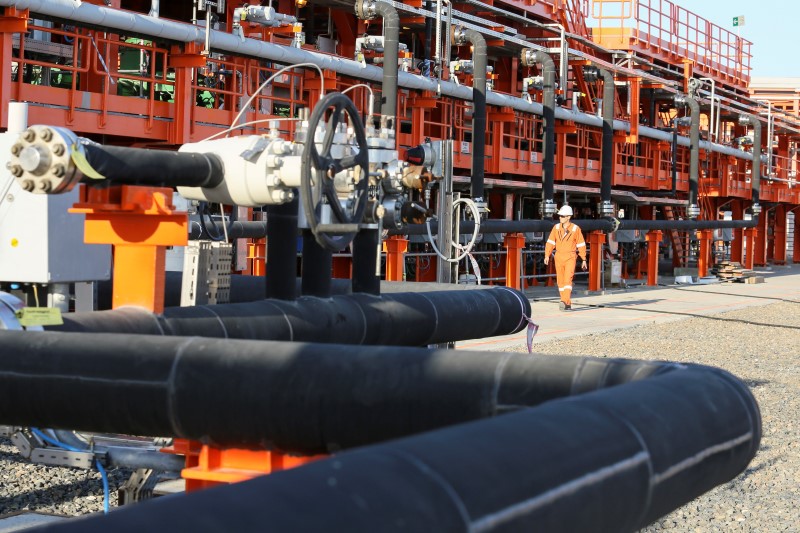Oil prices no longer baking-in geopolitical risk premium for current ME conflict
Oil prices have remained surprisingly stable despite escalating geopolitical tensions in the Middle East, particularly in the wake of significant violent incidents involving leaders of Hamas and Hezbollah, said analysts at Wells Fargo in a note dated Monday.
These events, taking place in sensitive regions such as Tehran and Beirut, have heightened the risk of further regional conflict and raised concerns over potential disruptions in global oil supply, especially through the critical Strait of Hormuz, which accounts for nearly 21% of global daily crude oil demand.
Historically, geopolitical events in the Middle East have been closely linked to spikes in oil prices, as markets react to the potential threats to oil supply. However, the current situation presents a deviation from this pattern.
Oil prices, which have fallen to the mid-$70s per barrel range, are not reflecting a geopolitical risk premium as they have in past conflicts. This muted response can be attributed to the prolonged nature of the current conflict, where initial fears of supply disruptions have given way to a more measured understanding of the actual risks involved.
As per Wells Fargo, early in such conflicts, oil markets tend to be highly sensitive, with prices reacting sharply to news and fears of potential supply disruptions. As the conflict progresses, however, the market’s sensitivity diminishes as the risks become more understood and priced in.
This desensitization is evident in the current scenario, where despite the ongoing conflict, oil prices have stabilized, reflecting the true balance of global supply and demand without a significant geopolitical risk premium.
“Investors should be aware, though, that supply and trade disruption risks appear to be rising,” the analysts said.
Wells Fargo analysts caution that while the market may currently be underestimating the risks, any further escalation could quickly lead to a reintroduction of a geopolitical risk premium, potentially adding $5-$15 per barrel to oil prices.
Source: Investing.com
